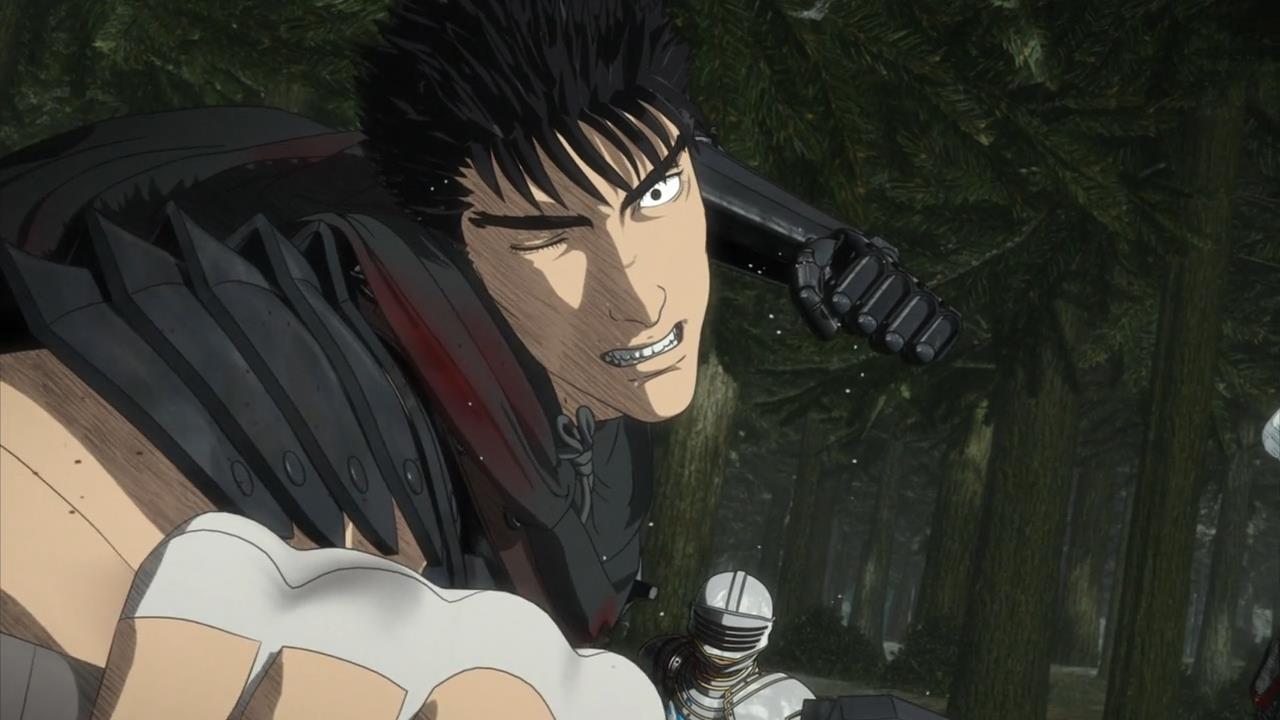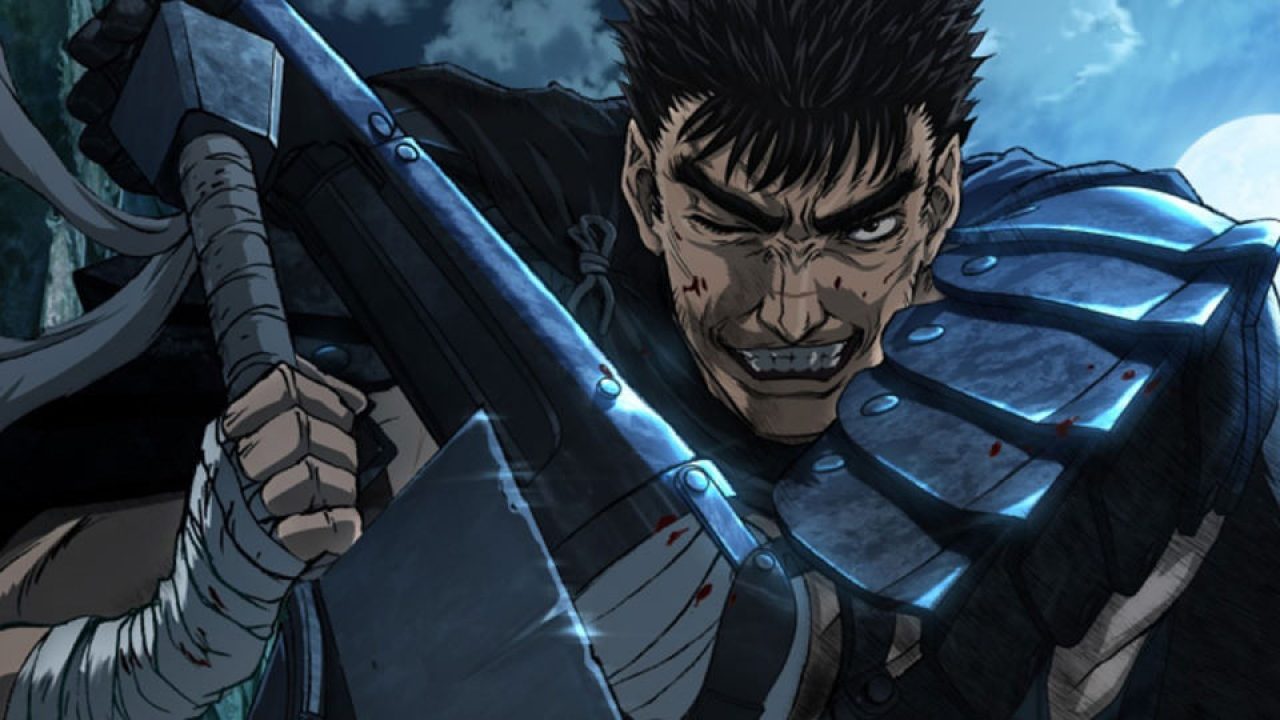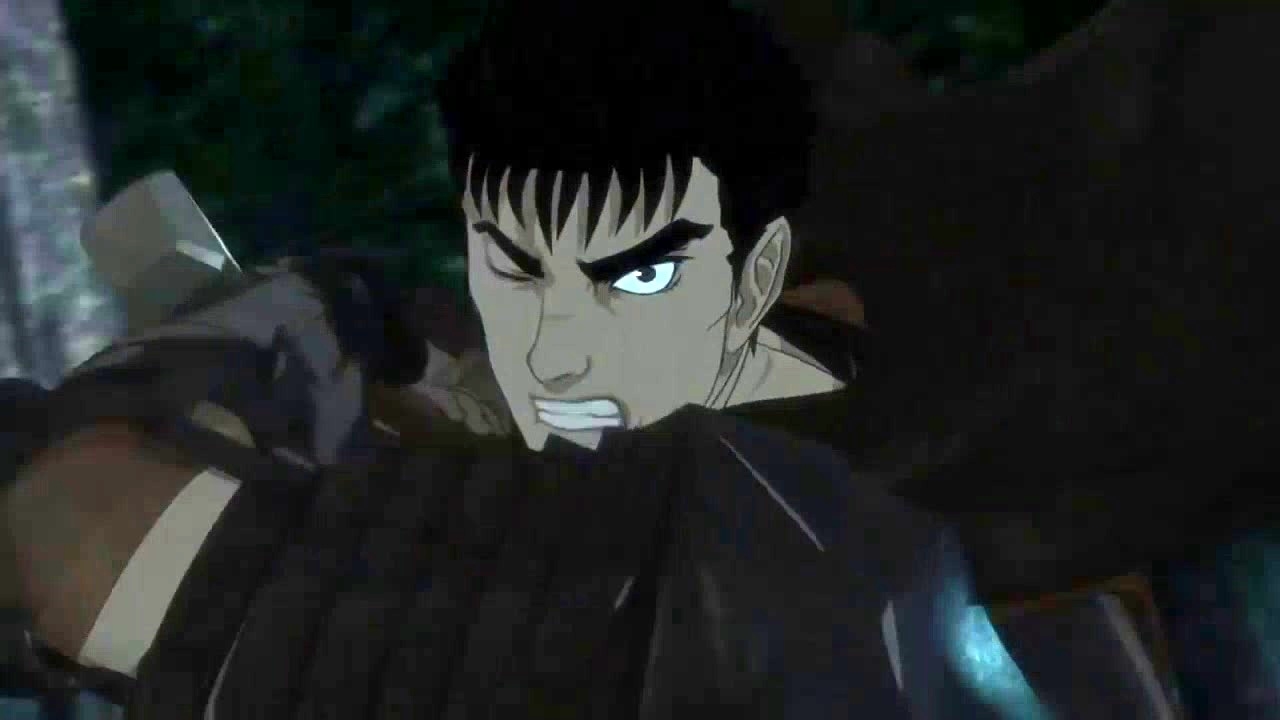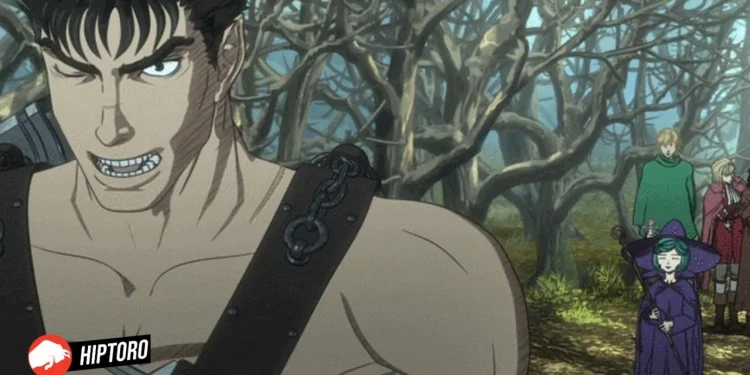Since its debut in 1989 in Young Animal magazine, Kentaro Miura’s dark fantasy manga series “Berserk” has captivated audiences with its intricate narrative and compelling characters. This story of Guts, a mercenary warrior navigating a treacherous world of demons and conflict, has not only spawned a beloved manga series but also various adaptations across media including novels, video games, and notably, anime. However, not all adaptations have resonated equally with fans, leading to significant discourse regarding the various anime adaptations, particularly those released in 1997 and 2016.
Berserk 1997: A Cult Classic
Berserk’s 1997 adaptation is often hailed as the definitive anime representation of Miura’s work. Covering the ‘Golden Age’ arc, this version is celebrated for its compelling narrative, mature themes, and melancholic music, all enhanced by its expressive, albeit vintage, animation style. Despite its modest budget, this adaptation has a devoted fan base who regard it as the most faithful and impactful rendition of “Berserk.”However, this adaptation is not without its criticisms. Some fans point out that it omits crucial elements from the manga, like the God Hand, the Black Swordsman arc, and the Skull Knight. Additionally, its cliffhanger ending left many viewers yearning for more, a sentiment amplified by the lack of official licensing outside Japan, making it hard to access for international fans.

The 2016 Adaptation: A Controversial Chapter

In stark contrast, the 2016 adaptation of Berserk, which follows the events of the ‘Golden Age’ arc and covers the ‘Conviction’ and ‘Falcon of the Millennium Empire’ arcs, is often cited as one of the less successful anime adaptations, both generally and within the Berserk series. The use of a combination of 2D drawings and 3D computer graphics resulted in a visual style that many fans found choppy, inconsistent, and unappealing.This adaptation was also criticized for its voice acting, music, direction, and sound effects, which many felt detracted from the intensity and immersion of the scenes. Crucially, significant manga chapters and elements like the Berserker Armor, the Moonlight Boy, and the Lost Children chapter were either omitted or altered, impacting the story’s character arc and narrative development. The introduction of a new, unexplained character in the finale further alienated fans, marking a stark departure from the manga.
If you haven't already, check out my manga, Sicily Bleeds! I revamped the art for the Kyoto manga contest & it just hit over 10,000 views! Chapter 2 is already in the works https://t.co/b97OXlmPYA pic.twitter.com/ZU19H9GiiQ
— 💥👊BERSERKER👊💥 (COMMISSIONS ARE OPEN) (@ChaozChaozChaoz) August 1, 2022
Conclusion: A Tale of Two Adaptations

In conclusion, the differences between Berserk 1997 and Berserk 2016 are stark and significant, spanning aspects of animation style, narrative fidelity, and fan reception. While the 1997 anime is a beloved, timeless rendition that stays true to the manga’s spirit, the 2016 version is often viewed as a misstep, failing to capture the essence of Berserk.For readers and viewers looking to experience Berserk in its most authentic form, the manga remains the original and most comprehensive source. Alternatively, the 2012–2013 film trilogy offers a modernized take on the ‘Golden Age’ arc, providing visuals and content fidelity that bridge the gap between the two anime adaptations.Berserk, in its various forms, continues to be a touchstone in the realm of dark fantasy, with each adaptation offering a different lens through which fans can explore the rich, complex world created by Kentaro Miura.










